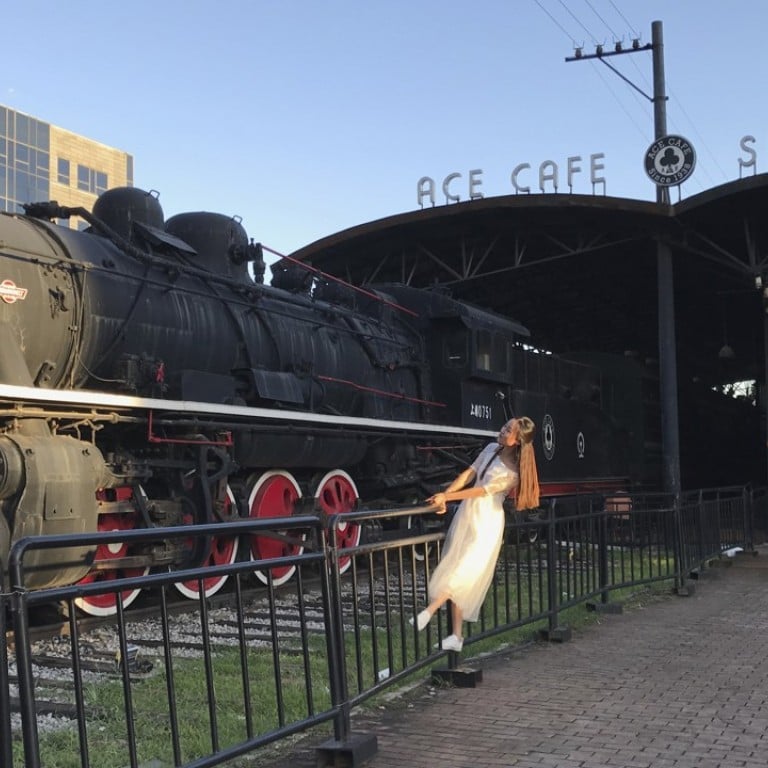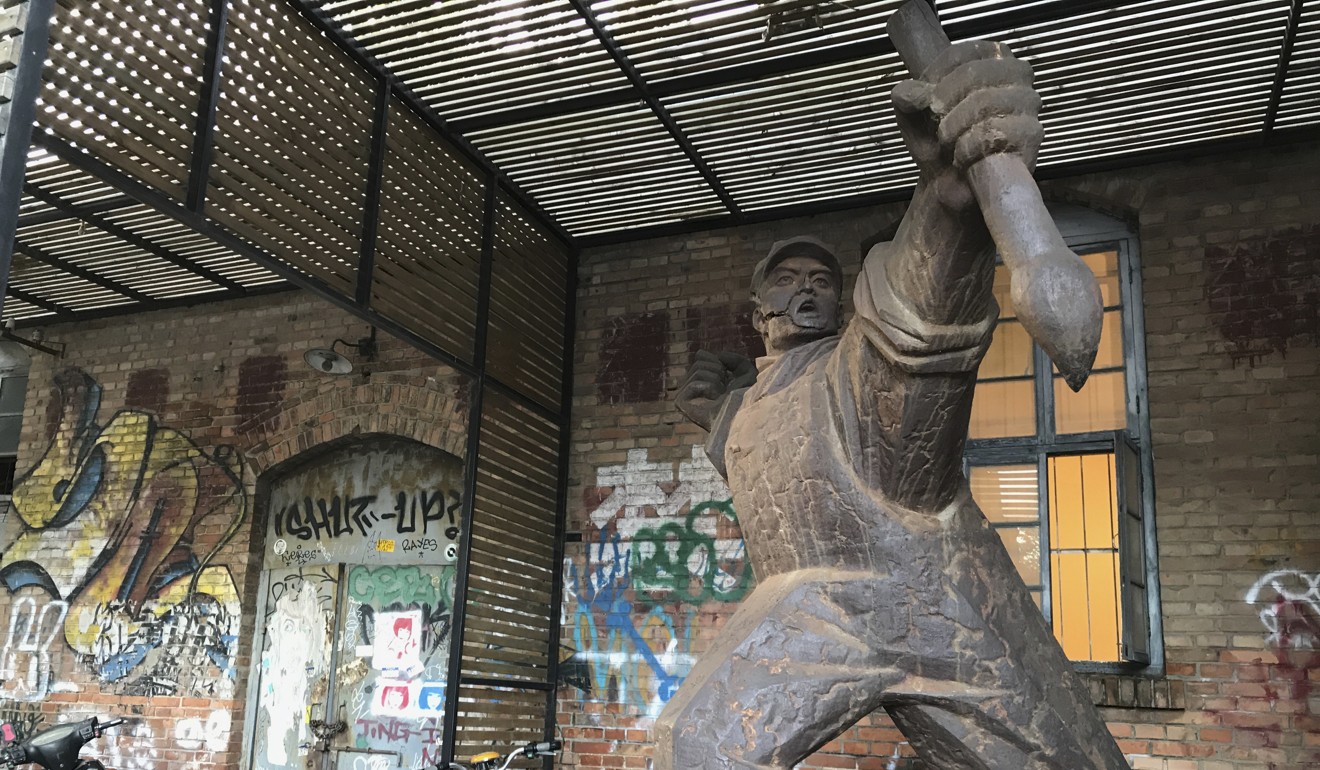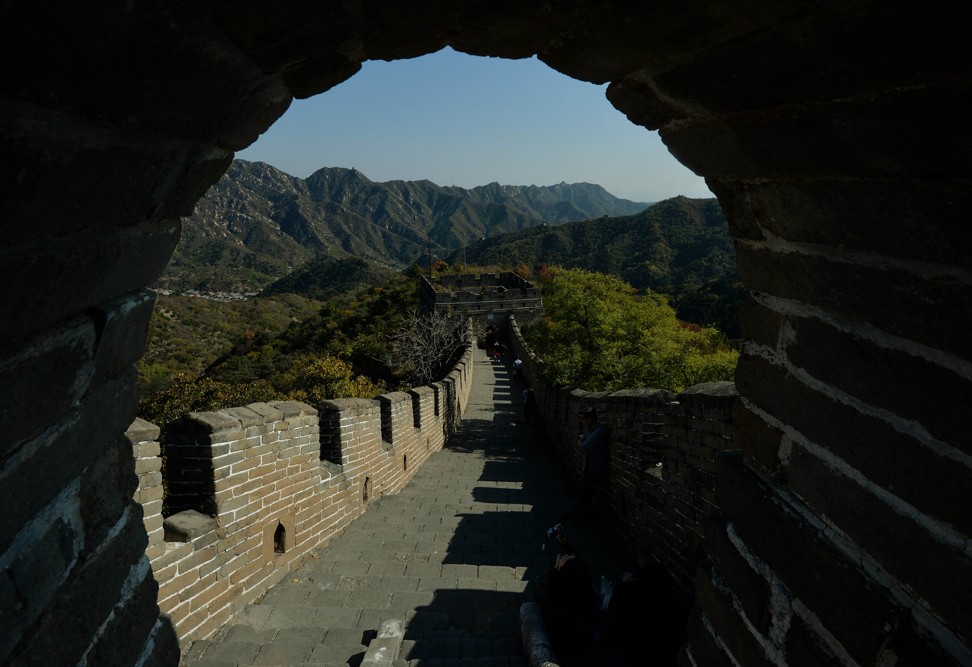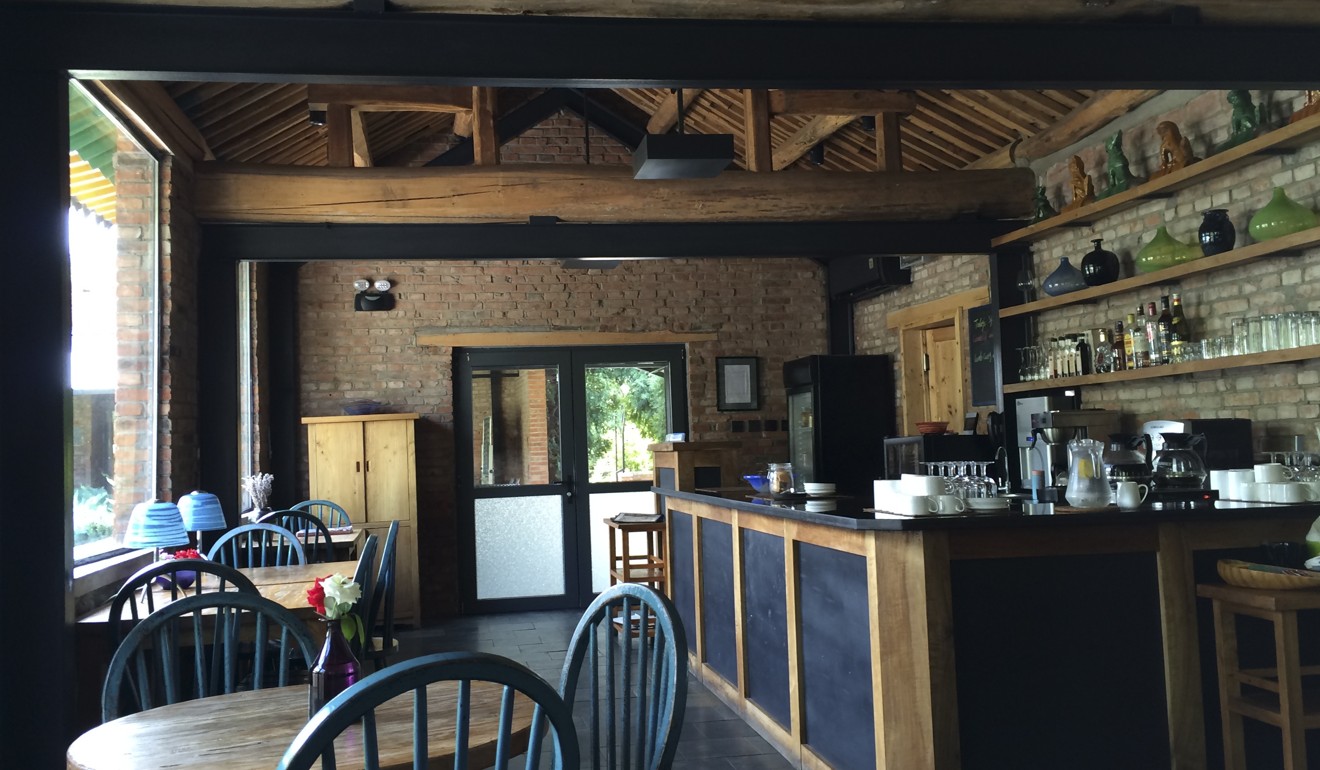
The best things to do on a Beijing layover, visiting Korea Town to hiking the Great Wall
From touring the airport to tucking into Korean food, seeing the Great Wall or the 798 Art District, there are plenty of distractions in the Chinese capital for travellers with a little time on their hands
Beijingers like to say it can take you a year to thoroughly explore the capital. But China’s fourth most populous city can also be discovered in bite-sized visits. Beijing Capital International Airport is located about 30 kilometres from the city centre – but only half that distance from some interesting areas on the eastern flank of the city.
You can take the Airport Express to Dongzhimen subway station, to use the relatively straightforward subway system. Cabs are easy and convenient, but make sure you have your destination marked on a map or written down in Mandarin to avoid confusion.
The best things to do on a Hong Kong layover, from airport entertainment to island hopping
Thanks to the airport’s relative proximity to the city, even during a layover you can choose at least one Beijing escapade – which one you choose depends on how much time you have.

Let’s get this out of the way: despite being the world’s second busiest, Beijing’s airport doesn’t have a great selection of restaurants and entertainment areas. To dine at one of the better dim sum, hotpot or Peking duck restaurants in the area, you would need to leave the airport, which requires a bit more time.
That said, the airport building itself is worth seeing. Terminal 3, the airport’s newest and largest terminal, opened in 2008 ahead of the Beijing Olympics. The gleaming structure was designed by British architecture house Foster and Partners and incorporates Chinese elements such as a large copper vat of the type used to store water for fires in the Forbidden City.
The ceiling is an endless intertwinement of steel bands against a red vault with triangular skylights, in a style reminiscent of the Bird’s Nest stadium.
With a short layover, you can stroll through the indoor miniature imperial garden located in the T3E waiting area, with pavilions and bridges that imitate those of the Summer Palace. Alternatively, you can grab a draught Tsingtao at The Lucky Shamrock – one of the few bars at the airport – and kick back.

Six hours: visit the art district and Korea Town

Visit Ace Cafe, whose striking building incorporates an old train station (and the train itself), while taking in the view of rusty factory chimneys, viaducts and Soviet-style industrial buildings – all peppered with modern art installations.
The best things to do on a Singapore layover, from airport jacuzzis and street food to tropical exploration
Grab some spicy Sichuan fare at the Lord of Salt restaurant, which is decorated with Cultural Revolution-inspired art in bright shades of pink. Or head to neighbouring Korea Town in Wangjing, an up-and-coming residential neighbourhood. Young, professional Beijingers love this area because unlike Sanlitun, the capital’s de facto expat hangout, which can get rowdy, Wangjing is quiet yet lively.
Modern office and residential buildings have spruced up the laid back neighbourhood in recent years. Residents favour Kirin Place, a commercial area with a variety of restaurants and shops, or coffee houses such as Cup One or the weekend markets.
“Wangjing has a big Korean expat community, so there are lots of Korean restaurants and markets there,” says Garth Wilson, who operates niche tours in Beijing.
Go to Fireplace for authentic and affordable Korean barbecue or to Master Chicken for Korean fried chicken and beer.

Nine hours: explore the hutongs
One of Beijing’s staple features is its traditional grey alleyways, or hutongs. Most of the remaining hutongs are north and east of the Forbidden City, about one hour by subway or taxi from the airport.
In a city that has transformed in the past couple of decades, the alleys retain some of the spirit of Old Beijing. Some fear that won’t be for long, as the government is rolling out a “beautifying” campaign that involves bricking up local businesses and rebuilding whole alleys.

“The places we visit are small, family-run shops that specialise in one or two dishes, so the food is incredible, fresh and truly local,” says Brian Bergey, co-founder of Lost Plate.
Beijing by Heart organises history themed walking tours exploring Old Beijing’s Confucian heritage and scholars’ stamping grounds. The three-hour tours cover neighbourhoods north and east of the Forbidden City.
The best things to do on a Tokyo Haneda layover, from sushi and shopping to the Shibuya crossing
For a more contemporary experience and a taste of Chinese experimental cuisine, visit Hatchery, a culinary incubator in Dongcheng district, dedicated to helping China’s next generation of food entrepreneurs connect with the public. Restaurants hosted at Hatchery rotate regularly, but the food is consistently appetising.

For a taste of local flavours, they recommend their Honey Ma Gold brew, made with Sichuan peppercorn and organic honey from an apiary near the Great Wall.
The brewery’s courtyard is always lively, and you might even leave Beijing having made a few new friends.

12 hours: hike the Great Wall
For those seeking the definitive Beijing experience, nothing tops its most high-profile attraction: the Great Wall of China.
From the airport you can take the express train for 30 minutes to Dongzhimen, which is also a long-distance bus station. Hop on a 916快 (‘kuai’, or express) to Huairou, a trip that takes about an hour. From there, take a cab for another 30 minutes to the village of Mutianyu.
The best things to do on a Taipei layover, from stinky tofu and tea to ships and shopping
Mutianyu is less crowded than other sections of the Wall, such as Badaling, and it’s the prettiest section that’s easily accessible from Beijing.

Alternatively, you can get lunch at the Brickyard Retreat, a sustainable lodging whose restaurant serves dishes made with organic produce from the hotel’s and villagers’ gardens. The view from the lodge of the Great Wall meandering along the mountain ridge makes it all worthwhile.
Getting there: Hong Kong Airlines, Cathay Pacific, Cathay Dragon, as well as several Chinese airlines operate direct flights to Beijing.
